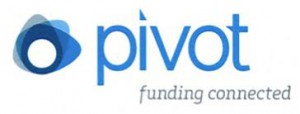Continued increases in journal prices combined with a flat resources budget have resulted in difficult collection decisions. Faculty librarians spent several months evaluating the HS/HSL’s journal collection based on data (cost per use) and the need to ensure the provision of we provide a balanced collection addressing and supporting UMB’s mission.
Journal prices increased 6% to 7% making it necessary to take apart one of our “big deal” journal packages, sometimes known as “bundles,” this year. One way many libraries, including the HS/HSL, have extended their budgets is by participating in publishers’ offers of bundles or “big deals.” Under this model libraries commit to maintaining their current subscriptions with a publisher. In exchange, for a relatively modest fee, the publisher will allow the library access to many more of its titles. The HS/HSL currently participates in big deals with Elsevier, Wiley, Springer, Sage, and Taylor & Francis, giving the UMB community access to considerably more journals than single subscriptions would allow. However, steady increases in journal prices while the Library’s resources budget remains flat have made our continued participation in all of these deals unsustainable.
The Springer package was identified as the least well-performing on a cost-per-use . Consequently, the package is being “unbundled.” High-use Springer journals were evaluated on an individual basis, and thirty-one were selected for retention. Journals were evaluated for both their cost effectiveness and their fit with UMB’s research and educational missions. All other individual (non-bundled) subscriptions were also evaluated, and nine of them were selected for cancellation.
The cancellation of the Springer package was a difficult decision to make. Without the favorable pricing that comes with participation in the publisher’s bundle, the UMB community will lose access to over 1,600 Springer journals, including 372 that had twenty or more uses last year. But the HS/HSL must remain within its resources budget.
Access to the cancelled journals will be lost on January 1, 2016. Individual articles from any journal not subscribed to by the HS/HSL are available through Interlibrary Loan.
If the HS/HSL resources budget remains flat and journal costs continue to rise, we will unfortunately need to make more cancellation decisions next year.





